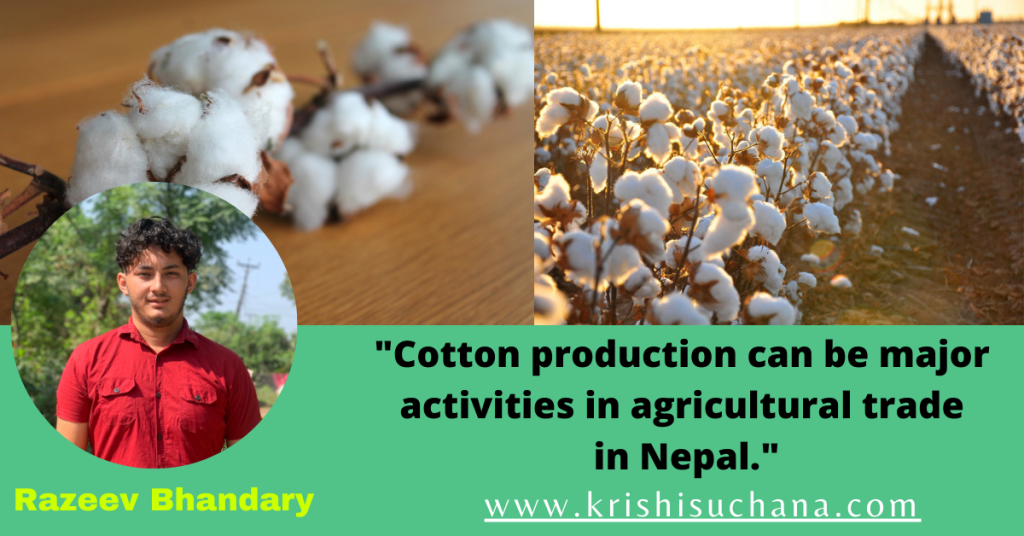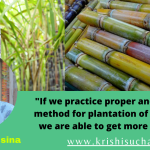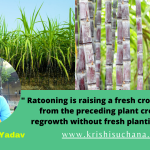Why is it necessary to improve the cotton production in Nepal ?

Cotton is a soft, fluffy staple fiber that grows in a protective case, around the seeds of the cotton plants of the genus Gossypium in the mallow family. Cotton is primarily composed of cellulose, an insoluble organic compound crucial to plant structure, and is a soft and fluffy material. Considering its direct and indirect employment effect, cotton can be the basic income sources for millions of people in Nepal. Cotton is also the main raw material source for industrial products manufactured worldwide. Thus, contribution made by cotton to the fiber and food industries continues to grow its importance. Cotton production can be major activities in agricultural trade in Nepal. The productivity of cotton in Nepal is 1.02 ton/hectare.
The history of cotton production in Nepal dates back to 1926 AD (Baisakh 1st, 1983 B.S.). started by Tulsi Mehar Shrestha.
A standard cost of cotton productions has been analyzed as follows:

Cotton Production Process
The raw cotton produced by farmers is passed through a series of process before it comes to a good cotton fabric form. It also produces a number of by-products which can be sold easily in the market.
Cotton Growing Regions in Nepal
Cotton can be grown is Banke, Bardiya, Kailali, Kanchnpur, Dang and Dote irrespective of irrigation facility. The area has annual rainfall of between 1000-1500 mm and the crop season lasts from June to December. It is estimated that 48,000 tons of cotton can be produced annually and 14,000 household can be engaged in cotton production in the country.At present cotton is produced in less than 2 percent of the total productive land of the total viable area.
Why is the cotton industry so important in the context of Nepal ?
The long term trend of the cotton textile industry is better placed as the demand for cotton year is set to grow considerably as more and more users opt to wear cotton based clothing.
Garments and textile industries are still the main sector of manufacturing industries which accounts a lot for export and creating employment opportunities. There is high demand of garments made from cotton fibers.
Infrastructures are in the developing phase so the industry is now in blooming condition. The seeds of cotton are also of high value. They provide oil used in the manufacture of insecticide, fungicide and plastics as well as the seed cake can be used as organic manure.
Problems
The main problems regarding cotton production include :
- Lack of mechanization.
- Absence of absolute good skill.
- Very less varietal improvement measures.
- High cost of production,ginning and transportation.
- Lack of proper subsidy to the farmers .
- Lack of good market.
- Poor seed quality and high cost of fertilizers .
- Lack of absolute appropriate law and regulations.
Recommendation to the above problems
- Germplasm exchange for varietal improvement .
- Farmer- friendly policy should be made by government for more involvement of farmers .
- Organic cotton production must be emphasized
- Old machineries should be substituted with old one with more handling capacity.
- Farmers must be given sufficient knowledge about proper cultivation of cotton.
- Provision of good market facility and infrastructure.
- Timely supply of inputs and farm machineries.
So, as we can see cotton production is a very important cash crop in context of Nepal . We should work out to reduce its problems and help to enhance the blooming cotton industry in Nepal.
Writer: Razeev Bhandary (College : Gauradaha Agriculture Campus)

 गृहमन्त्री लामिछानेविरुद्धको रिट न्यायाधीशद्वय शर्मा र श्रेष्ठको इजलासमा
गृहमन्त्री लामिछानेविरुद्धको रिट न्यायाधीशद्वय शर्मा र श्रेष्ठको इजलासमा  खेलकुदमन्त्री श्रेष्ठले गरे टीयू क्रिकेट मैदानको निरीक्षण
खेलकुदमन्त्री श्रेष्ठले गरे टीयू क्रिकेट मैदानको निरीक्षण  दिल्लीको होटलमा बसेर क्यानडा र अमेरिकामा मानव तस्करी
दिल्लीको होटलमा बसेर क्यानडा र अमेरिकामा मानव तस्करी  अनलाइन जुवा खेलाएर काभ्रेका अनिलले गरे दुई अर्बको कारोबार
अनलाइन जुवा खेलाएर काभ्रेका अनिलले गरे दुई अर्बको कारोबार  मुख्यमन्त्री सोडारीले विश्वासको मत लिन सुदूरपश्चिमको प्रदेश सभा बैठक आव्हान
मुख्यमन्त्री सोडारीले विश्वासको मत लिन सुदूरपश्चिमको प्रदेश सभा बैठक आव्हान 


